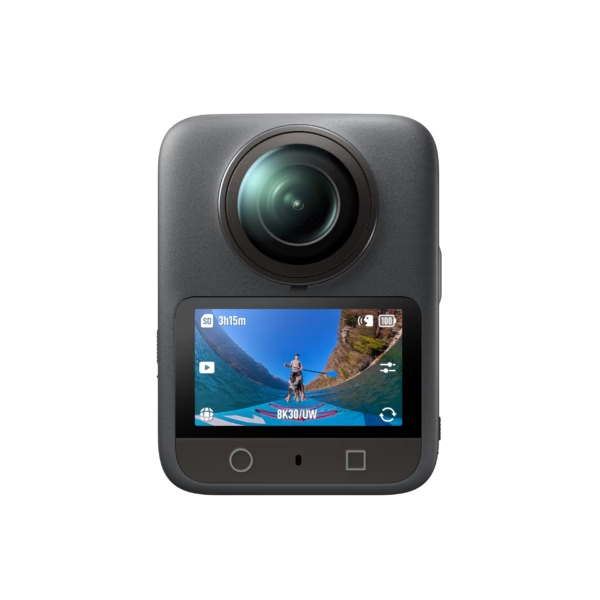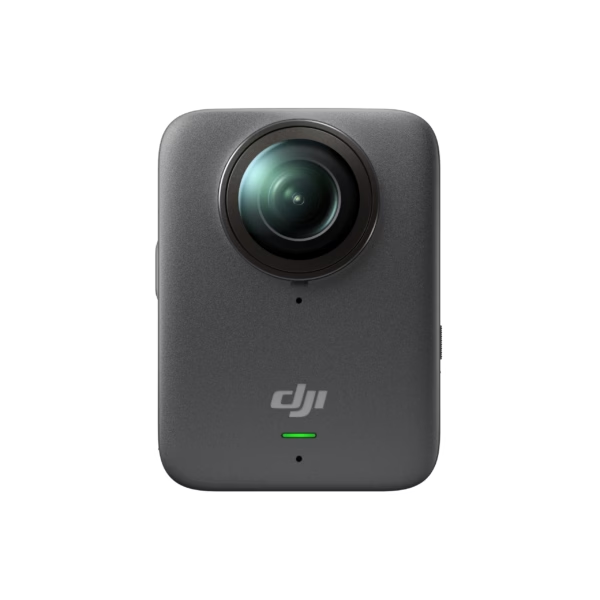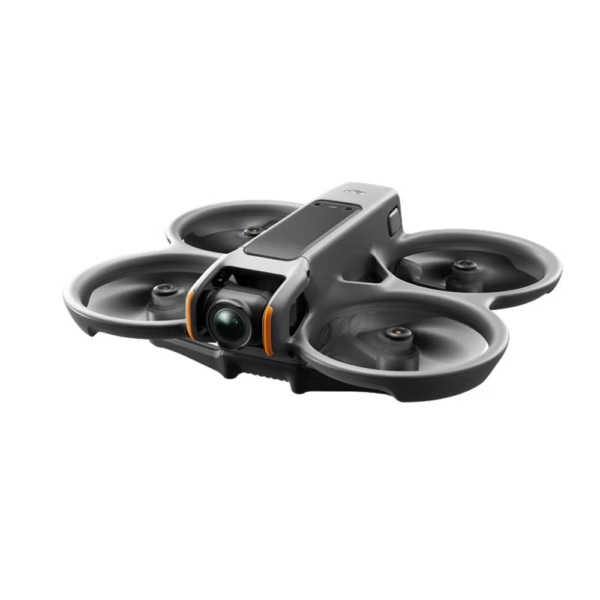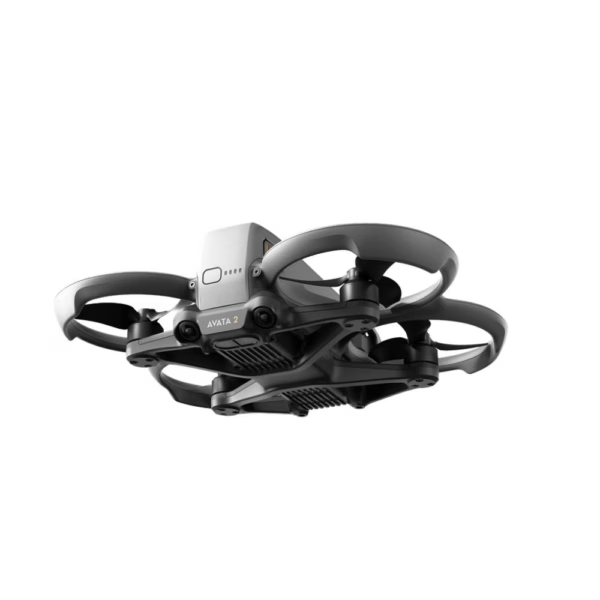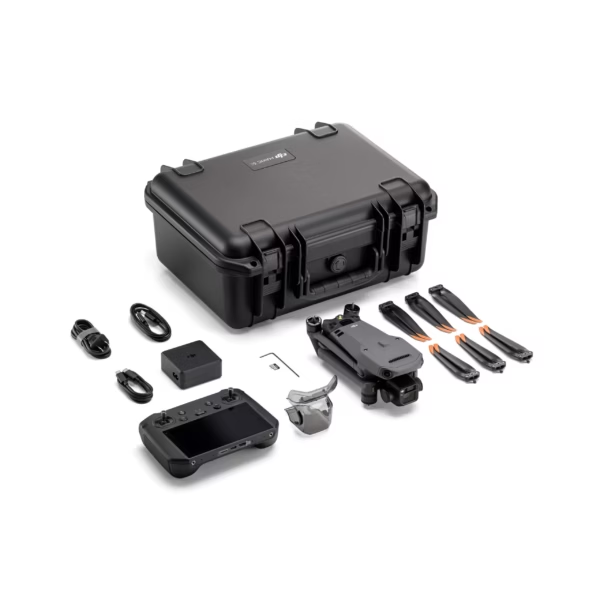Drone Camera: Your Ultimate Guide to Capturing Breathtaking Aerials
Are you ready to take your photography and videography to new heights? Drone camera have revolutionized the way we capture images, offering unparalleled perspectives and stunning aerial footage. Whether you’re a seasoned professional, a passionate hobbyist, or just curious about the world of drones, understanding the capabilities and features of drone cameras is key to unlocking their full potential.
In this comprehensive guide, we’ll delve into everything you need to know about drone cameras, from essential features to choosing the right one for your needs.
What is a Drone Camera and Why Do You Need One?
At its core, a drone camera is a specialized camera system integrated into or mounted on an unmanned aerial vehicle (UAV), commonly known as a drone. These cameras are designed to capture high-quality photos and videos from an aerial vantage point, opening up a world of creative possibilities that traditional ground-based cameras simply can’t achieve.
The benefits of using a drone camera are immense:
- Stunning Aerial Perspectives: Capture breathtaking landscapes, unique architectural shots, and dynamic action sequences from above.
- Professional-Grade Footage: Many drone cameras offer 4K, 5.2K, or even 8K resolution, providing incredibly sharp and detailed visuals.
- Enhanced Storytelling: Add a cinematic touch to your videos, creating more engaging and immersive content.
- Versatile Applications: Ideal for real estate, cinematography, mapping, inspections, thermal imaging, sports, travel vlogging, and much more.
- Accessibility: With advancements in technology, high-quality drone cameras are becoming more accessible to a wider audience.
Key Features to Look for in a Drone Camera
When exploring drone cameras, several key features directly impact image quality, ease of use, and overall performance.
- Resolution (4K, 5.2K, 8K): Higher resolutions provide more detail and flexibility for cropping and post-production. While 4K is standard for many, professional users might opt for 5.2K or 8K for ultimate clarity.
- Sensor Size: A larger sensor generally means better low-light performance, a wider dynamic range, and shallower depth of field. Common sensor sizes include 1/2.3″, 1/1.3″, 1-inch, and Micro Four Thirds.
- Gimbal Stabilization: This is crucial for smooth, stable footage. Most drone cameras are mounted on a 3-axis mechanical gimbal that counteracts drone movements, eliminating shaky video.
- Frame Rates (FPS): Look for higher frame rates (e.g., 60fps, 120fps) for smoother video, especially if you plan to use slow-motion effects.
- Field of View (FOV): This refers to how much of the scene the camera can capture. A wider FOV is often desirable for expansive landscapes.
- Still Photography Modes: Beyond video, check for features like RAW image capture, panorama modes, HDR, and burst shooting for high-quality stills.
- Zoom Capability: Optical zoom allows you to get closer to your subject without sacrificing image quality, unlike digital zoom.
- Low Light Performance: Important for shooting during dawn, dusk, or in dimly lit environments. Larger sensors and wider apertures contribute to better low-light performance.
- Intelligent Flight Modes: Features like ActiveTrack, QuickShots, Waypoints, and Point of Interest can automate complex camera movements, making it easier to capture professional-looking shots.
Choosing the Best Drone Camera for Your Needs
The “best” drone camera depends entirely on your specific requirements and budget.
- For Beginners & Casual Users: Look for user-friendly drones with good automatic modes, reliable stabilization, and at least 4K video capabilities. Brands like DJI (e.g., Mini series, Air series) offer excellent options.
- For Hobbyists & Prosumers: Consider drones with larger sensors, more manual control options, and advanced intelligent flight modes. The DJI Mavic series or Autel Robotics drones are popular choices.
- For Professionals & Cinematographers: Invest in drones with interchangeable lenses, larger sensors (e.g., Micro Four Thirds or full-frame), advanced color profiles, and higher bitrates for maximum post-production flexibility. High-end DJI Inspire series or specialized cinema drones fit this category.
Tips for Maximizing Your Drone Camera’s Potential
- Master the Basics: Before attempting complex shots, familiarize yourself with your drone’s controls and flight characteristics.
- Understand Lighting: Golden hour (shortly after sunrise and before sunset) often provides the best natural light for aerial photography.
- Utilize ND Filters: Neutral Density (ND) filters reduce the amount of light entering the camera, allowing you to use slower shutter speeds for smoother video, especially in bright conditions.
- Practice Composition: Apply traditional photography composition rules (rule of thirds, leading lines, symmetry) to your aerial shots.
- Post-Production is Key: Learn basic photo and video editing to enhance your footage, correct colors, and add cinematic touches.
- Check Regulations: Always be aware of and comply with local drone regulations and no-fly zones.
The Future of Drone Camera Technology
The drone camera market is constantly evolving, with ongoing advancements in sensor technology, artificial intelligence, and autonomous flight. Expect to see:
- Even Smaller and Lighter Drones: Making them more portable and convenient.
- Improved Low-Light Performance: Pushing the boundaries of what’s possible in challenging lighting.
- More Advanced AI Features: Smarter object tracking, obstacle avoidance, and autonomous flight paths.
- Higher Resolutions and Frame Rates: Providing even more cinematic possibilities.
- Enhanced Connectivity: Seamless integration with cloud services and live streaming.
Ready to elevate your visual content? A drone camera is an indispensable tool for anyone looking to capture unique, high-quality aerial perspectives. By understanding the key features and choosing the right drone for your needs, you’ll be well on your way to creating truly unforgettable footage. Explore the skies and unlock your creative vision with the power of a drone camera today!
- -11%
- -8%
- -13%
- -3%
- -7%
- -4%
- -12%
- -11%
You need to assemble a drone frame, motors, propellers, electronic speed controllers (ESCs), flight controller, battery, transmitter and receiver, and camera system to assemble a drone camera. Start assembling the frame and mounting the motors to the arms. Mount an ESC to a motor on each arm and connect the ESCs, the receiver, and the power inputs to the flight controller, which does the stability and control. The camera—a cheap FPV module for a drone live feed or an HD action cam for recording in high-def video—needs to be securely mounted onto the front of the drone. If you don’t want to miss a live feed, connect the camera to a video transmitter (VTX), which transmits images to FPV goggles or a monitor via a video receiver. Employ a power distribution board (PDB) to deliver power from a LiPo battery to all of the hardware. Once all wiring is finished, install the flight controller with software like Betaflight or ArduPilot, adjust the sensors, and set up flight modes. Bench-test the system propeller-less first to check motor direction and signal response correctly, then prop on propellers and take your first flight in a wide, safe space. Always follow the local drone regulations and safety when in use.
Drone camera prices in India vary significantly based on features, camera quality, and usage—whether for casual flying, content creation, or professional work. Budget drones like the Snaptain S5C Elite start at around ₹6,500 and are great for beginners. For more serious users, DJI’s Mini 4 Pro is a popular option, priced at approximately ₹105,000. Mid-range drones such as the DJI Mavic Air 2 or Autel Robotics EVO II Pro V3 offer improved video and stability, ranging from ₹80,000 to ₹1.75 lakhs. For professional and business purposes, high-end drones such as the DJI Mavic 4 Pro or Parrot ANAFI USA GOV Edition can comfortably cost more than ₹2.5 lakhs, with some costing upwards of ₹10 lakhs. Be it a hobbyist, content creator, or enterprise user, there is a drone for every need and budget in the Indian drone market that’s growing exponentially.

